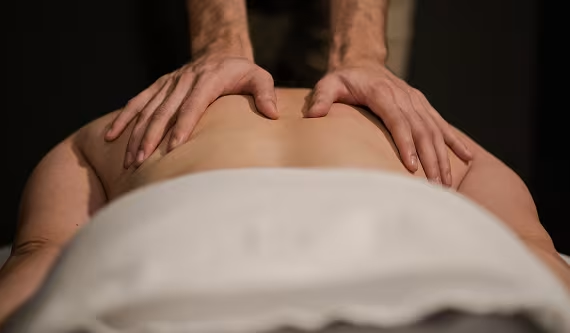Dragon boating is a water sport that demands exceptional upper-body strength, endurance, and flexibility. But, like any other sport, it can also lead to injuries and pain. This article will discuss the key muscle groups used in dragon boating, common injuries, risks, effective treatments for injuries, and techniques for preventing injuries and enhancing performance.
Dragon Boating: The Ultimate Upper Body Workout
Dragon boating is an exhilarating team sport that requires the coordinated efforts of a team of paddlers to propel a long, narrow boat through the water. The sport’s unique paddling technique emphasizes the upper body muscles, particularly the shoulders, arms, chest, and back. The repetitive, high-intensity movements involved in dragon boating make it an excellent workout for building upper body strength, endurance, and power.
Paddling Your Way to Safety: Common Dragon Boat Injuries and Risks
Despite the many benefits of dragon boating, it can also put a lot of stress on the upper body, leading to a range of injuries. Some of the most common injuries in dragon boating include rotator cuff tears, tendinitis, and sprains/strains of the shoulders, arms, and back. Other risks include overuse injuries, heat stroke, and hypothermia. It’s essential to recognize the signs of these injuries and seek prompt medical attention.
Overcoming the Pain: Effective Treatments for Dragon Boating Injuries
Injuries are a part of any sport, but they don’t have to keep you out of the game. If you experience pain or discomfort while dragon boating, it’s essential to rest, ice the affected area, and seek medical attention. Depending on the injury’s severity, your doctor may recommend physical therapy, medication, or even surgery. Effective treatments for dragon boating injuries include rest, ice, compression, elevation (RICE), stretching, therapeutic massage, and strengthening exercises.
Paddle Perfectly: Strengthening Techniques for Dragon Boat Athletes
The best way to prevent injuries while dragon boating is to strengthen your upper body muscles, particularly the shoulders, arms, and back. A comprehensive training program should include a mix of cardio, strength, and flexibility exercises. Specific strengthening exercises for dragon boaters include shoulder presses, lat pulldowns, push-ups, pull-ups, and rows. It’s also essential to warm up before paddling, cool down after paddling, and stretch regularly.
In conclusion, dragon boating is an exciting sport that requires exceptional upper-body strength, endurance, and flexibility. However, it’s also essential to recognize the risks and take steps to prevent and treat injuries. By understanding the key muscle groups involved in dragon boating, recognizing the signs of common injuries, seeking prompt medical attention, and following a comprehensive training program, you can enjoy all the benefits of this thrilling sport while minimizing the risks.




